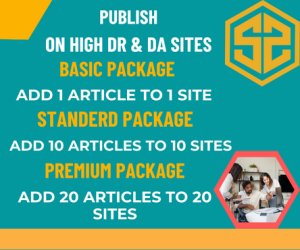ChatGPT said:
AI website builders use machine learning (ML) to streamline and enhance the web design process, making it faster, more accessible, and more effective for users with little to no design experience. Here’s a breakdown of how they use ML to improve web design: For more information please visit yoppi.io
1. Personalized Design Recommendations
Machine learning models analyze user input (like industry, goals, preferences, or content) and:
- Suggest optimal layouts for the site’s purpose (e.g., eCommerce, portfolio, blog).
- Adapt color schemes and fonts based on brand identity or user behavior trends.
- Optimize content placement to enhance engagement and readability.
Example: Wix ADI (Artificial Design Intelligence) or Bookmark’s AIDA use user-provided information to generate fully functional websites with personalized layouts.
2. User Behavior Analysis
ML models track and analyze how users interact with websites:
- Heatmaps, scroll patterns, and click data are processed to detect what parts of a site attract or repel attention.
- This data is used to suggest UI improvements, such as repositioning call-to-action buttons or simplifying navigation.
3. Content Optimization
AI builders use natural language processing (NLP) and ML to:
- Auto-generate SEO-friendly text, headlines, and metadata.
- Correct grammar, improve readability, and match tone to the brand.
- Auto-tag images and recommend alt text using computer vision.
4. Design Pattern Recognition
ML models are trained on vast datasets of high-performing websites to:
- Identify successful design elements, layouts, and user flows.
- Apply proven design structures to new websites automatically.
This ensures that even novice users benefit from industry best practices in design.
5. A/B Testing and Continuous Learning
Some platforms implement ML-powered A/B testing by:
- Testing multiple versions of layouts, headlines, or images.
- Using reinforcement learning to improve site versions based on performance metrics (clicks, bounce rate, conversions).
Over time, the system learns which versions perform best and adapts future designs accordingly.
6. Accessibility and Usability Improvements
ML can detect accessibility issues:
- Inconsistent color contrast
- Poor screen reader compatibility
- Unintuitive navigation
And automatically offer or implement fixes to make sites more inclusive and user-friendly.
Summary Table:
| Feature | ML Application |
|---|---|
| Layout Suggestions | Clustering & pattern recognition |
| Content Creation | NLP, text generation |
| Behavior Tracking | Supervised learning from analytics |
| A/B Testing | Reinforcement learning |
| Design Best Practices | Training on large web design datasets |
| Accessibility Checks | Image and text analysis, pattern detection |

